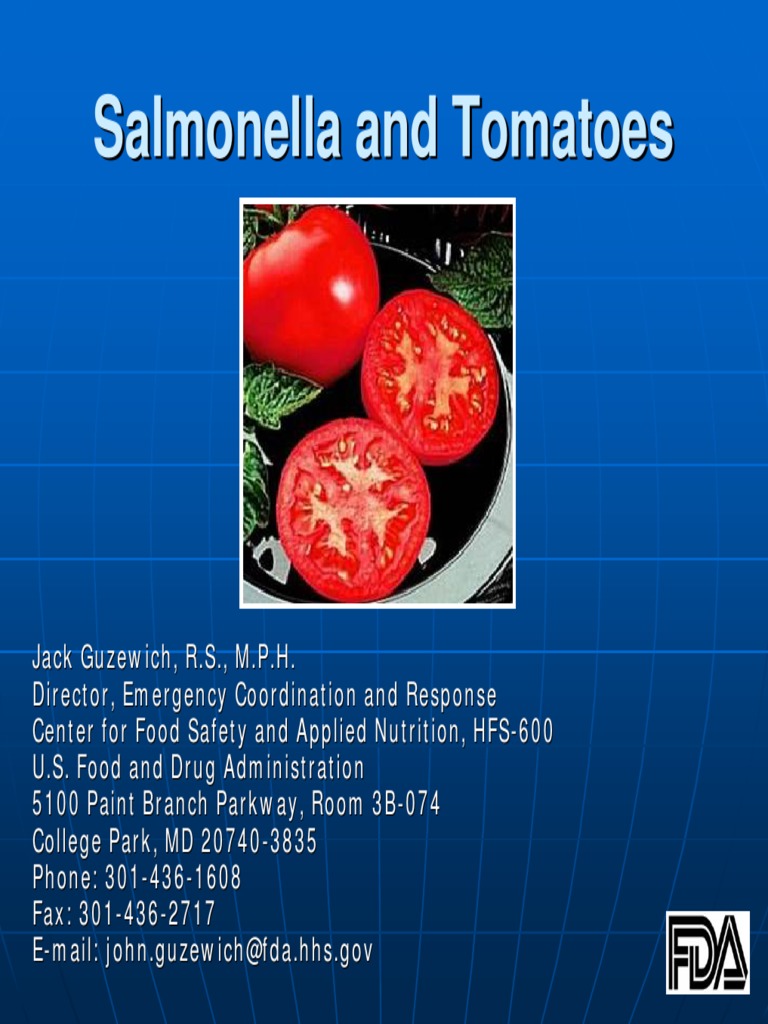The tale of the “Attack of the Salmonella Tomatoes” unfolds like a sinister plot in a gripping novel, where innocent produce becomes the unknowing carrier of a stealthy adversary. This narrative, rooted in the complexities of food safety, serves as a dire reminder of the ever-present risks lurking within seemingly benign establishments—the grocery store, the farmers’ market, and our very own kitchens.
Imagine, if you will, the vibrant red of ripening tomatoes, glistening under the warm embrace of summer sunlight, beckoning consumers with promises of juicy potential. Yet, concealed beneath this parody of perfection lies a formidable foe: Salmonella. This microscopic villain, often described as the invisible assassin, proliferates under favorable conditions within the very heart of these tempting fruits.
The repercussions of this insidious infiltration can be catastrophic. Recurring instances have illustrated how a single tainted batch of tomatoes can ripple across communities, resulting in widespread illness and even fatality. Reports of outbreaks can evoke panic akin to wartime alerts, as public health officials scramble to contain the situation. They wield their knowledge like a shield, tracing the source of contamination back through the labyrinth of supply chains to protect the unsuspecting populace from further harm.
In truth, the battle against Salmonella is a multifaceted struggle that intersects agriculture, transportation, and food preparation. As growers work tirelessly in the fields, their crops often become battlegrounds for pathogens, while imprudent handling during harvest and distribution can exacerbate the risks. Furthermore, the modern age of quick consumption creates an urgency that sometimes overshadow stringent safety protocols, as convenience is championed over caution.
The saga intensifies as consumers delve into the rituals of meal preparation, blissfully unaware of the lurking threat. Cross-contamination becomes a potential trigger, with the errant splash of contaminated juices on cutting boards or utensils. Thus, the seemingly innocuous act of slicing a tomato transforms into a precarious endeavor, where neglecting basic hygiene can unleash a wave of distressing consequences.
Awareness stands as humanity’s greatest weapon in this ongoing battle. Education on safe handling practices constitutes a critical component in safeguarding against the threat of Salmonella. By adopting vigilant washing techniques, diligent cooking methods, and astute purchasing decisions, individuals can fortify themselves against the specter of sickness.
As the curtain falls on the tumultuous narrative of the “Attack of the Salmonella Tomatoes,” we are reminded that vigilance is vital. The journey from field to fork is fraught with peril; however, by remaining informed and proactive, the populace can transform chaos into order, safeguarding both health and culinary enjoyment for generations to come. This engaging story ultimately underscores the importance of vigilance in our day-to-day lives, allowing us to reclaim our plates from the grip of unseen adversaries.
